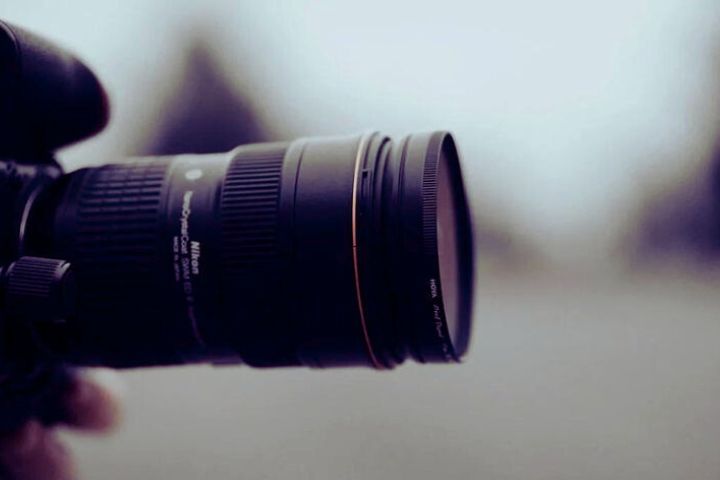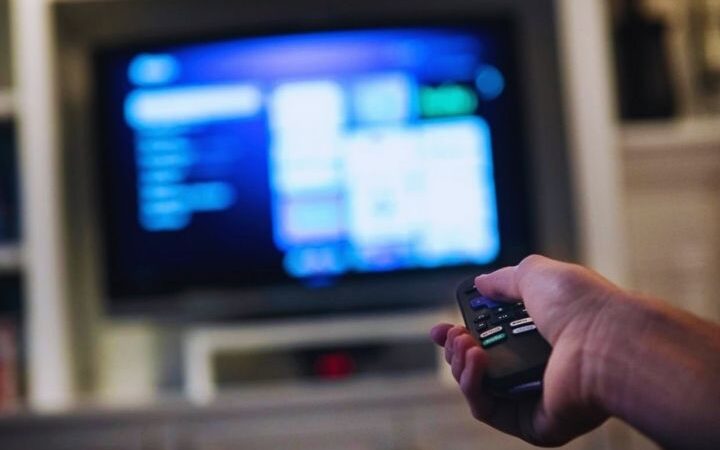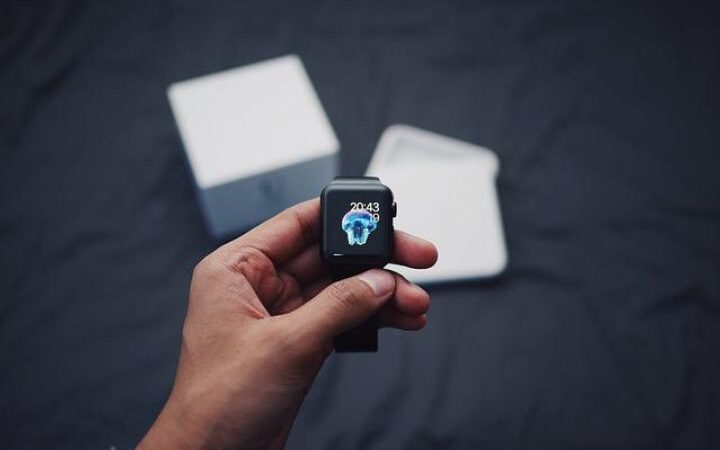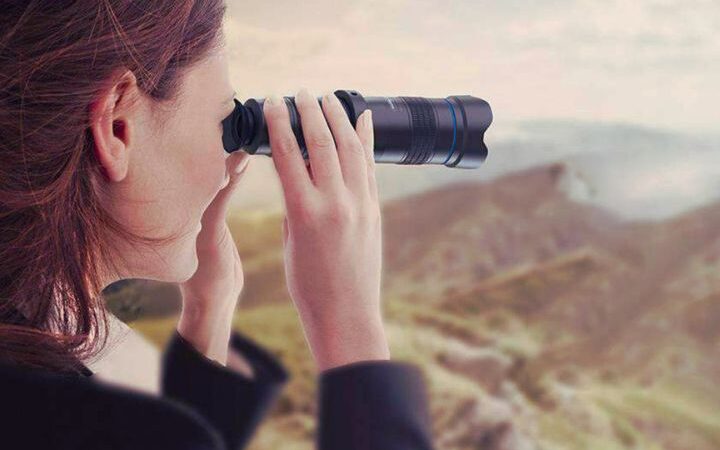What Does The Telephoto Lens On Your Phone Do?

Telephoto Lens: Modern smartphones are equipped with versatile cameras capable of high-quality photography. However, with multiple lenses on the rear of devices, it can be unclear what each one contributes. A standard secondary lens seen is the telephoto camera. While its name implies a zoom function, the specific role of this lens may not be immediately apparent to all users. Here, we will explain in simple terms what a telephoto lens does using one’s smartphone camera and why it features on many leading devices.
Table of Contents
Enabling Optical Zoom
The primary function of the telephoto camera is to facilitate optical zoom. In contrast to digital zoom, which crops and enlarges an image, losing quality, optical zoom utilizes the lens to bring subjects closer without data loss. When further away objects are in the frame, the telephoto lens automatically activates to offer higher zoom levels than the primary lens is capable of. For example, the Huawei P30 offers up to 5x optical zoom through its periscope system, allowing users to capture detailed photos from a distance. This preservation of image quality as you zoom is a significant advantage over non-telephoto camera smartphones with digital-only zoom.
Bokeh Effect Portraits
A secondary role of the telephoto camera lens relates to its involvement in creating artistic portrait photos with blurs and bokeh. By combining the data from the telephoto and main cameras, phones can calculate depth information to identify foreground and background areas. The software then progressively blurs the latter to emulate the optic produced by a DSLR lens. While other auxiliary cameras also aid this simulation, the telephoto lens plays a vital part due to its ability to reference a unique angle for more accurate bokeh effect generation. The extra optical zoom also allows a pleasing shallow depth of field not possible on single-lens phones.
Enhanced Flexibility
Smartphone manufacturers have significantly expanded the photographic versatility available in a pocket-sized package by including telephoto capabilities. No longer limited to images captured from a fixed point of view, telephoto cameras enable shooting from improved working distances without compromising detail. Photographers can get closer to subjects like wildlife or capture spacious landscapes without physically closing the gap. The lack of crop from optical zoom also fits more context into shots, avoiding information loss around the edges. Telephoto lenses have taken smartphone photography capabilities closer to professional-grade cameras for supplementary shooting styles.
Maintaining Momentum in Low Light
While having a lower resolution than the primary sensor, telephoto lenses maintain an advantage in low light compared to digital zoom alternatives. They allow additional light to hit the imaging chip through their very nature of admitting wider opening angles. This permits the minor sacrifice of megapixels for enhanced detail retention, even in problematic lighting conditions where available light is minimal. Especially in night modes, telephoto cameras can effectively extend the working range of a phone into slightly darker spaces than non-optical zoom, which would facilitate more precise results.
Limitations To Consider
Of course, no camera system is without flaws. Due to size restrictions inherent to smartphones, telephoto camera lenses typically have a lower resolution than the primary sensor and have a narrower aperture. Some also lack the optical image stabilization found in main cameras. As such, fine detail may not always match the leading camera quality, and movement blur can occur more quickly in lower light. Additionally, extended zoom usually incurs software processing to maximize clarity. While advanced, these simulations can break down optically beyond a phone’s optimized zoom capabilities. Balance, rather than replacements, defines the ideal relationship between lenses.
Conclusion
The telephoto lens provides a supplementary viewing perspective to the primary camera through its optical zoom abilities. Allowing users to get closer to subjects without losing quality enhances smartphone photography’s flexibility and creative options. Combined depth mapping also facilitates enhanced portrait effects through synthetic bokeh simulation.
Overall, telephoto cameras have established themselves as essential lens included on leading camera-centric phones to expand optical abilities beyond a fixed viewpoint into adjusted ranges for extra photographic control.
Also read : Spotify Audio Quality






